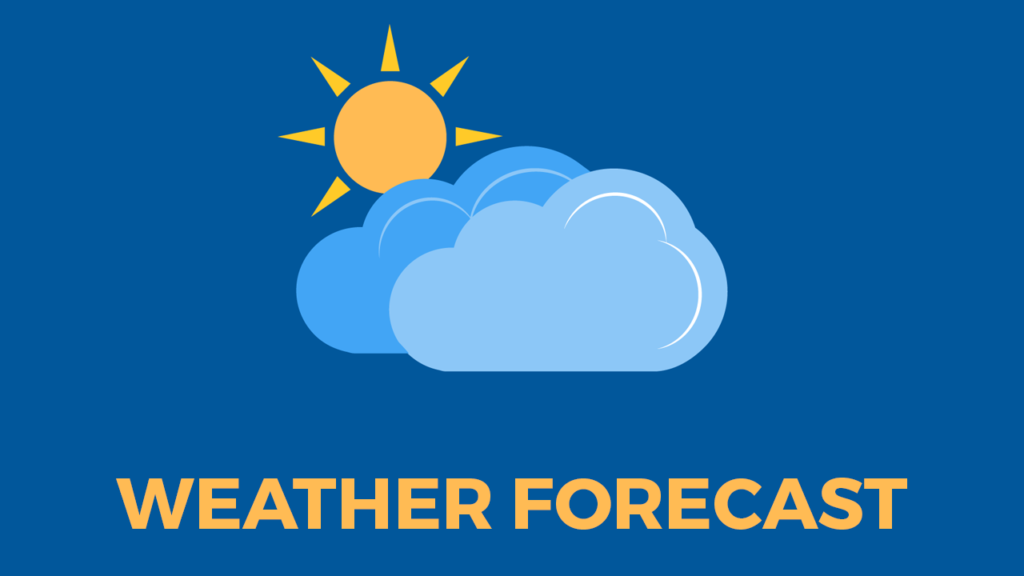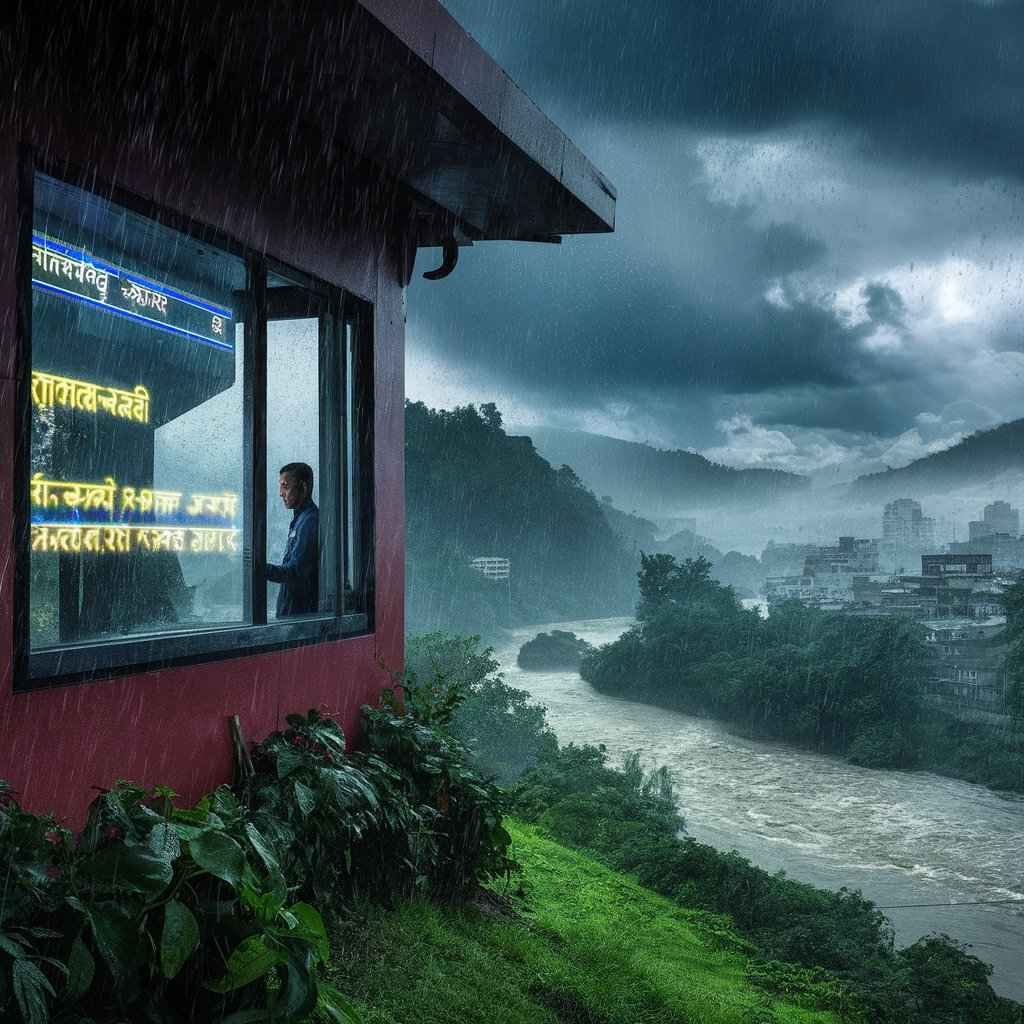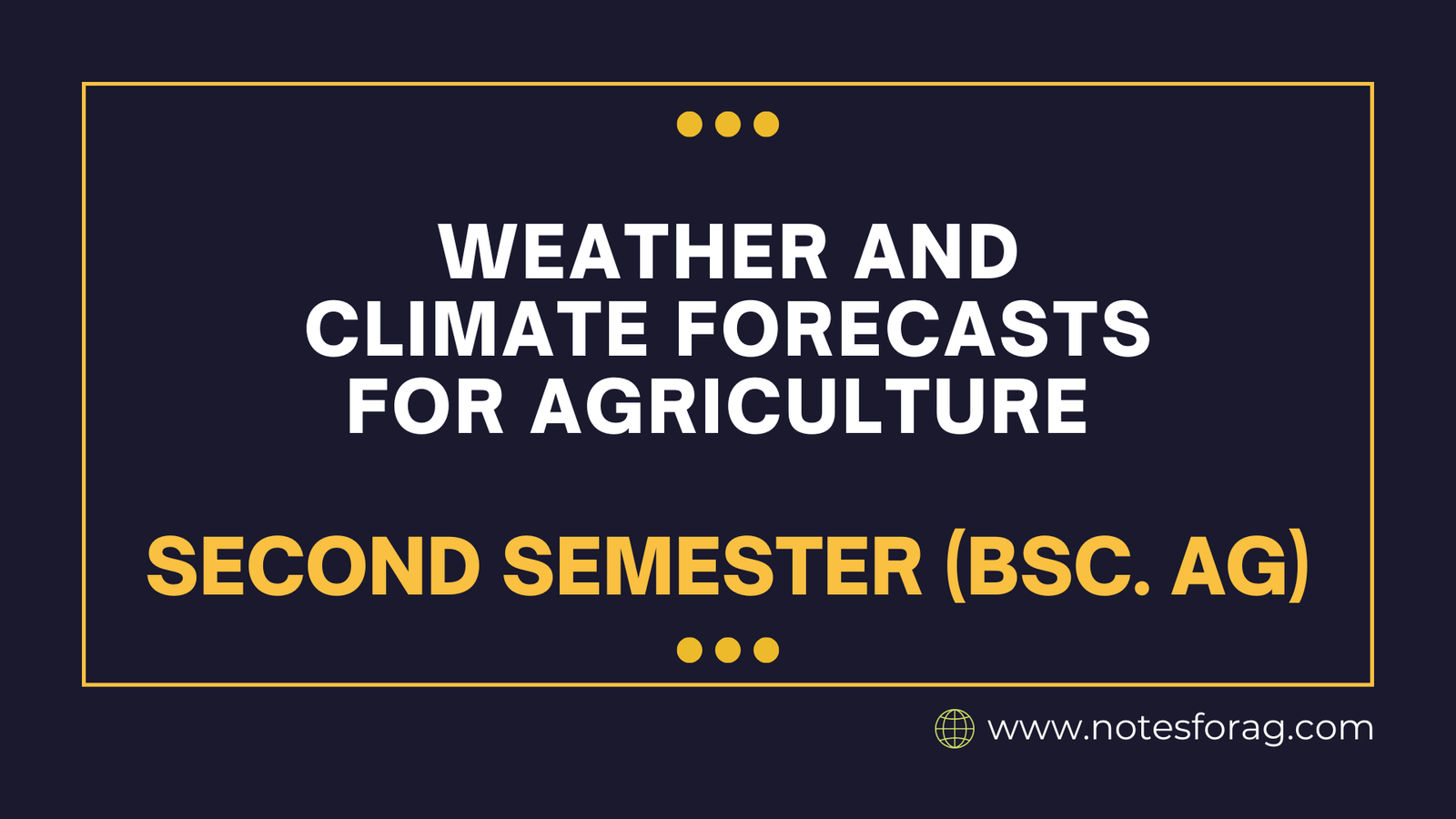Weather and climate forecasts are important agricultural tools because they provide farmers with critical information for planning and decision-making. Weather forecasts provide short-term insight into daily and weekly circumstances, allowing for rapid measures such as irrigation, pest management, and harvest scheduling. Climate forecasts, on the other hand, provide longer-term predictions that inform strategic decisions about crop selection, resource management, and risk reduction. Farmers can use these projections to increase productivity, improve resource efficiency, and strengthen resistance to harsh weather and climate variability.
Table of Contents
Introduction to Weather and Climate Forecasts in Agriculture
Weather and climate forecasts are critical in the agriculture business. These projections of weather and climate forecasts offer farmers with critical data to help them make planting, irrigation, and harvesting decisions. Accurate weather forecasting enables farmers to optimize their agricultural operations, increasing crop yields while reducing losses. Knowing the exact date of rainfall, for example, might help farmers schedule planting to ensure seedlings receive appropriate moisture, but anticipating drought periods can trigger proper irrigation efforts, thereby conserving water.
Understanding the difference between weather and climate projections is critical for efficient agricultural planning. Weather predictions provide short-term information, usually lasting a few days to a week, and are critical for daily and weekly farm activities. This data assists farmers in preparing for impending weather conditions, such as storms or frost, which may have an impact on crop health and yield. Climate forecasts, on the other hand, provide long-term predictions that could last months or even years. These projections are critical for strategic agricultural planning, such as choosing crop types that are more resistant to projected climate conditions or altering planting dates to match with shifting seasonal patterns.
Weather and climate forecasts are both critical for reducing hazards and increasing farm efficiency. Weather forecasts allow for fast responses to changing conditions, providing timely interventions to protect crops. Meanwhile, climate forecasts provide a broader perspective, leading adaptive solutions to improve long-term agricultural sustainability. Farmers that include both forms of forecasts into their decision-making processes can better manage the intricacies of changing environmental circumstances, optimise resource utilization, and sustain agricultural productivity.
In a world where climate change poses serious threats to food security, better weather and climate forecasting systems are becoming increasingly vital. Farmers who use these projections are able to anticipate and respond to fluctuation, resulting in a more robust agricultural system. This incorporation of meteorological data into agricultural methods illustrates a proactive approach to addressing the uncertainties inherent in farming, ensuring the agricultural industry’s ability to prosper in the face of changing environmental conditions.
Types of Weather Forecasts

Weather forecasts come in various forms, each serving different purposes and timeframes. Here are the main types:
1. Nowcast (Very Short Term Forecast):
- Time frame: up to six hours.
- Details: Provides extensive and accurate information on upcoming weather conditions. Useful for making quick decisions, such as during severe weather situations.
- Applications include emergency reaction, urgent agricultural decisions, and event planning.
2. Short-range Forecast:
- Timeframe: 1–3 days.
- Details: Forecasts weather conditions for the coming days, including temperature, precipitation, wind, and cloud cover.
- Applications include daily agricultural chores, short-term planning, travel, and event preparation.
3. Mid-range Forecast:
- Timeframe: 4-7 days.
- Details: Provides forecasts for up to a week in advance, striking a balance between information and reliability. Includes trends and anticipated changes in weather patterns.
- Applications include weekly agricultural operations planning, weather forecasting, and event scheduling.
4. Long-Range Forecast:
- Timeframe: Two weeks to several months.
- Details: Offers broad trends and patterns, such as predicted temperature and precipitation anomalies, rather than particular day-to-day circumstances.
- Applications include seasonal agricultural planning, resource management, and long-term risk assessments.
5. Seasonal forecast:
- Timeframe: A few months to a year.
- Details: Looks into long-term climatic patterns such expected seasonality, average temperature, and precipitation variations.
- Applications include crop selection and rotation planning, long-term resource allocation, and preparing for seasonal climatic changes.
6. Extended-Range Forecast:
- Time Frame: More than a year.
- Details: Climate models are used to forecast general climatic trends and patterns over long time periods, frequently several years in advance.
- Applications include strategic agricultural planning, infrastructure development, and long-term climate adaptions plans.
7. Special forecasts:
- Severe weather warnings include alerts for hurricanes, tornadoes, blizzards, and other extreme weather conditions. Critical to safety and emergency preparedness.
- Marine Forecasts: Information on sea conditions, such as wave heights, currents, and wind speeds, is critical for maritime operations.
- Aviation forecasts include detailed meteorological information for flight planning and aviation safety, such as turbulence, wind shear, and visibility.
- Agricultural predictions are tailored to specific agricultural demands, such as frost warnings, pest and disease threats, and optimal planting times.
Weather forecasting scenario of Nepal
Weather forecasting in Nepal is critical due to its unique topography and climatic diversity between regions. The country’s location between the Indian subcontinent and the Tibetan Plateau influences its weather patterns, resulting in climates ranging from subtropical to alpine.
Challenges and Scenario:

1. Topographic Diversity:
- Challenge: Nepal’s geography includes lowland plains, hills, and the Himalayan mountain range, which results in substantial microclimatic differences.
- Impact: Weather forecasts must account for quick changes in temperature, precipitation, and wind patterns over short distances, which affect local agriculture and infrastructure plans.
2. Monsoon Influence:
- Challenge: From June to September, the South Asian monsoon produces strong rains, which are beneficial to agriculture but sometimes cause floods and landslides.
- Impact: The accuracy of monsoon forecasts is crucial for disaster preparedness, crop management, and water resource planning.
3. High-altitude concerns:
- Challenge: Extreme weather conditions occur in Nepal’s high-altitude regions, including freezing temperatures, snowfall, and strong winds.
- Impact: Accurate forecasting is critical for mountaineering, hiking, and aviation safety in the Himalayas.
4. Limited meteorological infrastructure:
- Challenge: The country’s meteorological network is limited, especially in distant and hilly regions.
- Impact: Challenges in data collection and transmission can reduce forecast accuracy, affecting disaster response and agricultural planning.
5. Climate Change Vulnerability:
- Challenge: Nepal is sensitive to climate change effects such as glacial melt, changing precipitation patterns, and increasing frequency of severe weather events.
- Impact: Long-term climate projections are critical for agricultural adaptation, water management, and disaster risk reduction.
Frequently Asked Question(FAQ):
How do weather forecasts benefit agriculture?
Weather predictions contain critical information about temperature, precipitation, and other aspects that farmers need to plan irrigation, pest management, and harvesting schedules. This helps to maximize agricultural production while minimizing losses due to bad weather conditions.
How do climate forecasts differ from weather forecasts in agriculture?
Weather forecasts focus on short-term meteorological conditions (days to weeks), whereas climate forecasts consider long-term trends and patterns (months to years). Climate projections guide crop variety selection, water management, and climate change resilience techniques.
Related Articles

